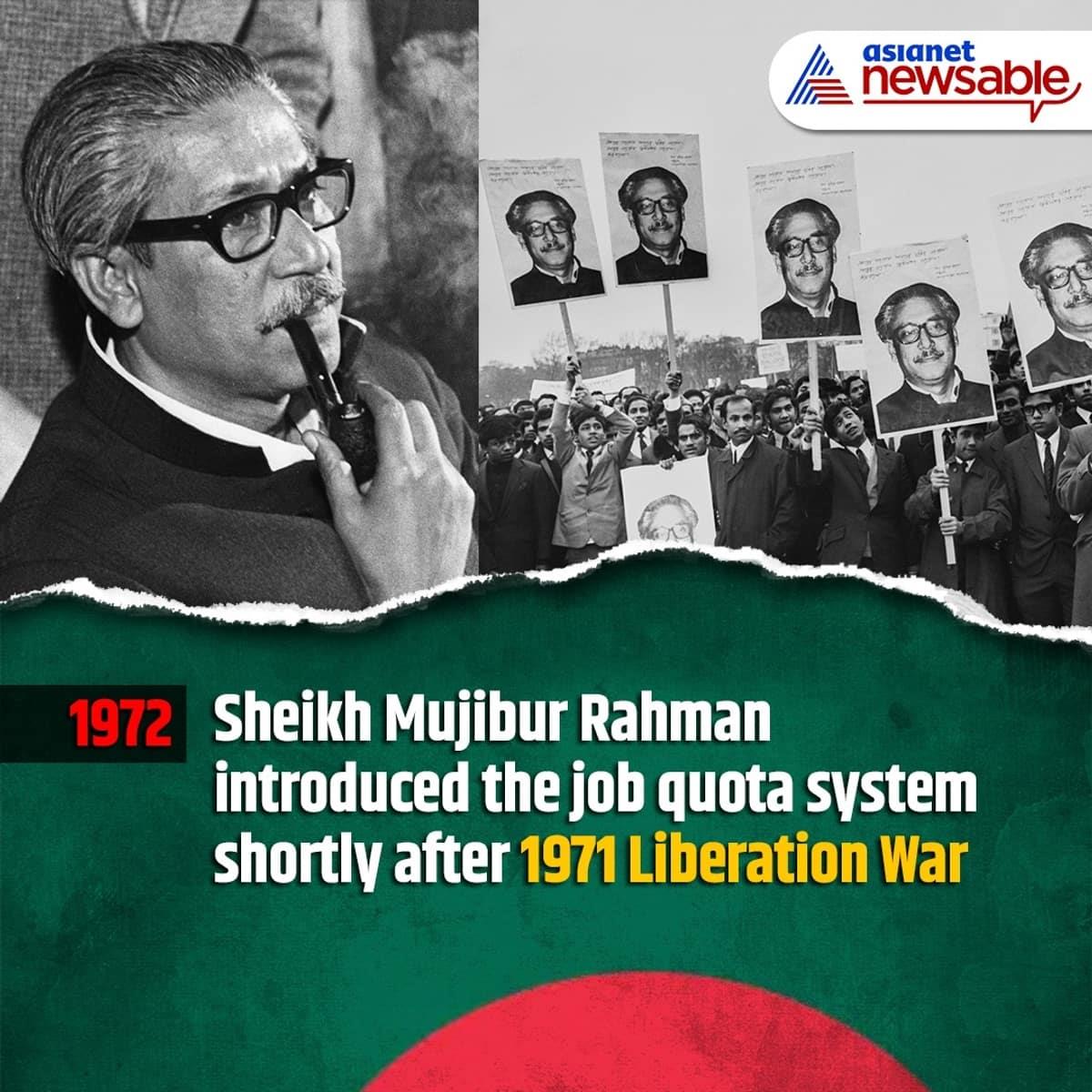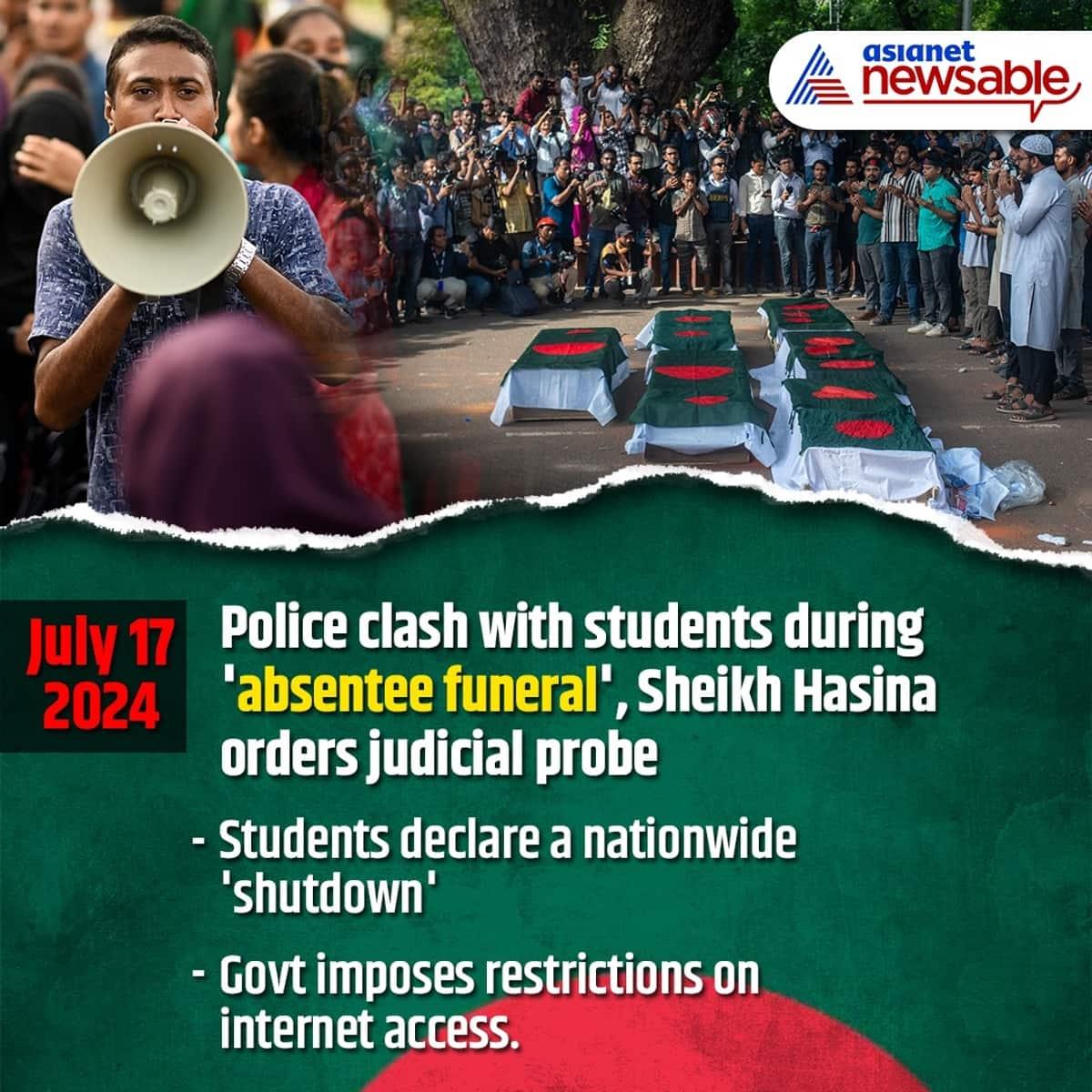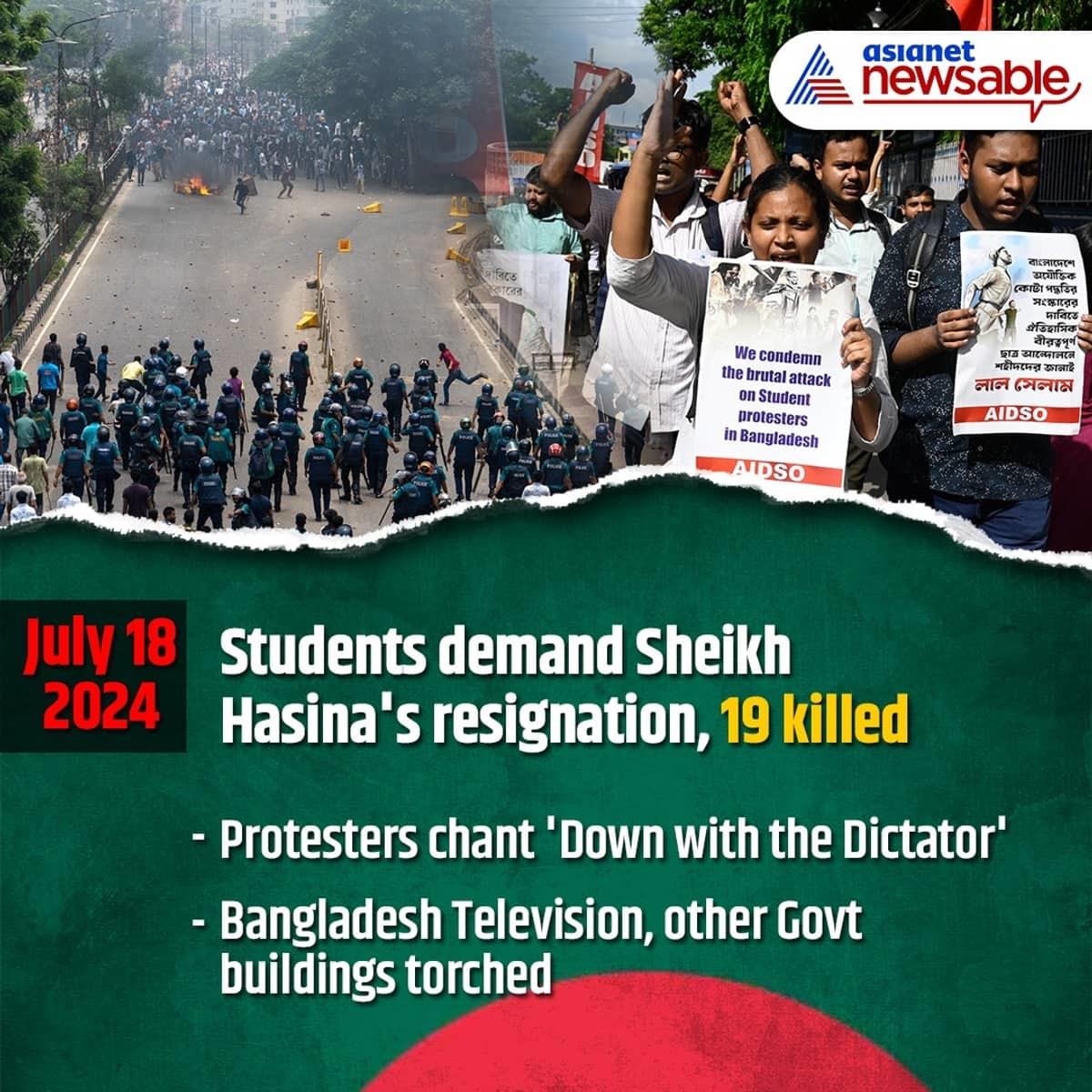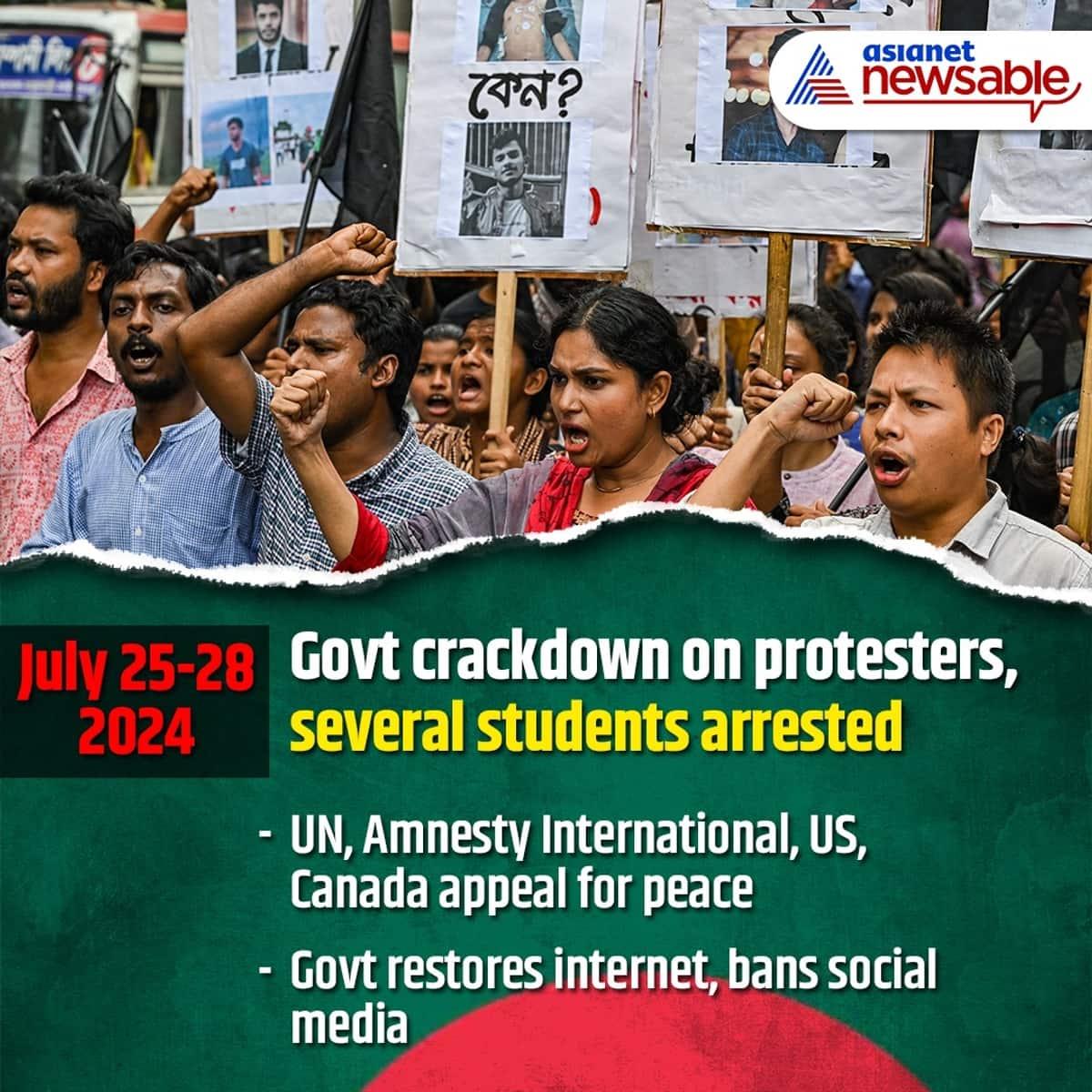(MENAFN- AsiaNet News) sheikh Hasina resigned from her position as Prime Minister of Bangladesh on Monday, bringing an end to her 15-year rule amid a turbulent period marked by intense protests and violence. The resignation follows a prolonged and escalating national unrest triggered by a contentious job quota system.
The protests began peacefully in early June, initiated by students demanding changes to the job quota system that reserved government jobs for the relatives of veterans from the 1971 war of independence. Despite a Supreme Court ruling reducing the quotas, the move did not quell the public discontent.
Also read:
'Getting death threats': Bangladeshi Hindu woman's heart-wrenching video amid genocide claims surfaces | WATCH
By early July, the demonstrations had escalated into widespread violence. Thousands of protesters, defying a military-imposed curfew, stormed Sheikh Hasina's official residence, marking a dramatic peak in the unrest. The government's attempts to suppress the violence with force led to nearly 300 deaths and further intensified public outrage.
On August 4, the situation reached a critical point with clashes in the capital resulting in at least 95 deaths, including 14 police officers, and leaving hundreds injured. According to Prothom Alo, a leading Bengali-language newspaper, over 11,000 people have been arrested in recent weeks. The unrest has also led to the closure of schools and universities and the imposition of a shoot-on-sight curfew at various points.
Here's a look at the timeline of what led to the unrest and subsequent Sheikh Hasina's resignation as PM:
The Civil Service of Pakistan (CSP), along with other central and provincial services, was established following the 1947 India-Pakistan partition. Initially, quota provisions for public service recruitment were introduced through an executive order and were later enshrined in the 1956 constitution, as reported by Dhaka Tribune.
In 1972, Bangabandhu Sheikh Mujibur Rahman introduced the job quota system to honor the freedom fighters of the 1971 war of independence against Pakistan. This system has faced ongoing opposition, with movements calling for its cancellation emerging intermittently ever since.

By 2018, government jobs in Bangladesh had 56 percent reservation. This included 30 percent for descendants of freedom fighters, 10 percent for women, 10 percent for residents of backward districts, 5 percent for minority groups, and 1 percent for people with disabilities. The quota system sparked significant protests across various educational institutions, with many calling for reforms.
![]()
In 2018, the Bangladesh government abolished job quotas for positions in grades 9 to 13 (previously first and second-class jobs), aiming to ensure that recruitment was based on merit and qualifications. However, quotas for third and fourth-class posts (grades 14 to 20) continued to be in place. According to local media, then-Prime Minister Sheikh Hasina decided that if no suitable candidate from the relevant quota was available, these positions would be filled from the merit list.

In June 2024, Bangladesh's High Court overturned the earlier decision and reinstated the quotas for 1971 veterans' relatives after they filed petitions. This ruling sparked widespread student protests.
![]()



![]()
On July 21, the Supreme Court overturned the lower court's decision to reinstate the quota. The ruling reduced the veterans' quota to 5 percent (down from 30 percent) and allocated 93 percent of jobs based on merit. The remaining 2 percent will be reserved for ethnic minorities, transgender individuals, and people with disabilities.
![]()
On July 23, the government released an order reforming the quota system, which was rejected by protesters. Four days later, security personnel conducted raids and arrested several protesters, mostly students.


On August 1, the government issued a gazette banning Jamaat-Shibir under the anti-terrorism act, which sparked largescale clashes between students and government supporters. Hundreds of people, including police officers, lost their lives in the August 4 violence.
![]()

On August 5, protesters stormed PM Sheikh Hasina's palace moments after she announced her resignation and fled to India. Bangladesh Army chief Waker-uz-Zaman made a rare TV appearance and announced that the Army will form an interim government. Noted Bangladeshi writer Professor Salimullah Khan was named as the head of the interim government, according to Bangladesh Nationalist Party (BNP).
![]()
Also read:
Bangladesh unrest: Indian astrologer's old post predicting 'trouble' for Sheikh Hasina in Aug 2024 resurfaces
MENAFN06082024007385015968ID1108521649
Legal Disclaimer:
MENAFN provides the information “as is” without warranty of any kind. We do not accept any responsibility or liability for the accuracy, content, images, videos, licenses, completeness, legality, or reliability of the information contained in this article. If you have any complaints or copyright issues related to this article, kindly contact the provider above.